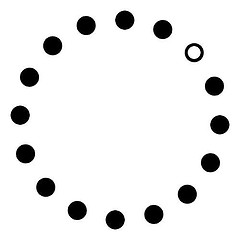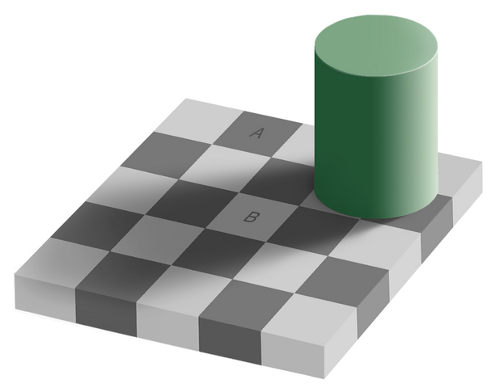The first LSD trip took place on April 19, 1943, when Swiss chemist Albert Hofmann ingested 250 micrograms and tried to go home:
I had to struggle to speak intelligibly. I asked my laboratory assistant, who was informed of the self-experiment, to escort me home. We went by bicycle, no automobile being available because of wartime restrictions on their use. On the way home, my condition began to assume threatening forms. Everything in my field of vision wavered and was distorted as if seen in a curved mirror. I also had the sensation of being unable to move from the spot. Nevertheless, my assistant later told me we had traveled very rapidly.
It’s remembered as “Bicycle Day.”




